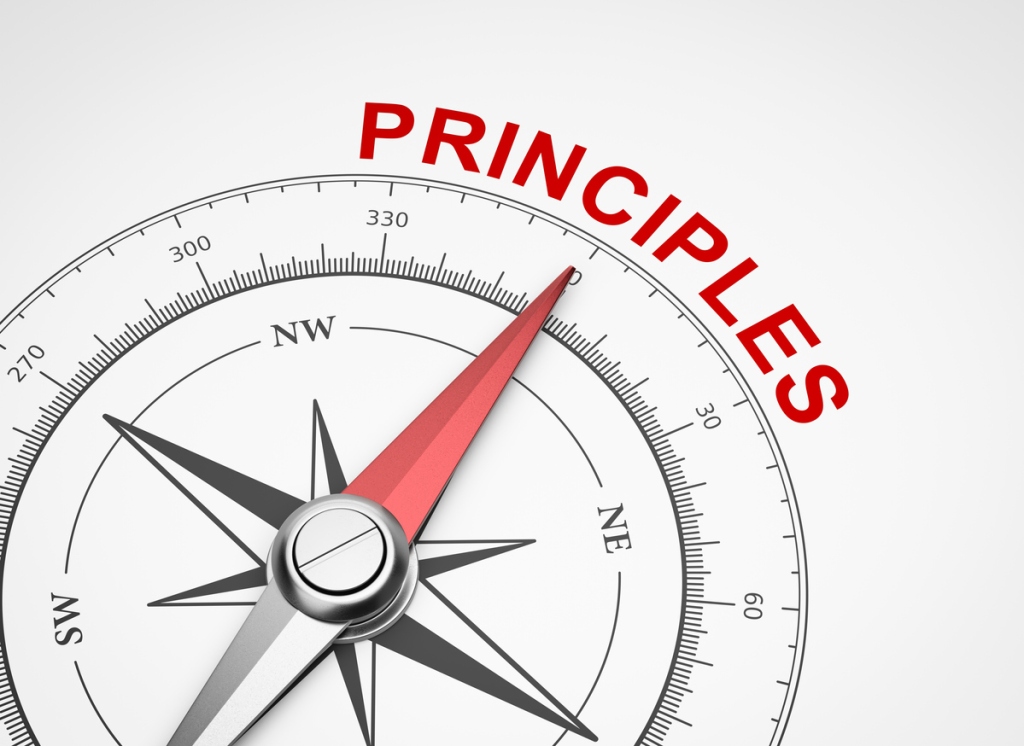The other day I was tasked with revising a figure for a paper (that should be out soon) where I had to figure out how to compare incident times in a biologically meaningful way.

Without giving away too many details, we had a long list of incidents spread right across Australia, covering all periods of the year and going back to the early 20th Century. The specifics of the ‘incidents’ isn’t important here — suffice it to say they were biological in nature, and we wanted to see if they were clustered around any particular times of the day.
Yes, we could just do a histogram of the time bins (say, every 2 hours), but this ignores a very important phenomenon — 17:00 in July in Hobart isn’t directly comparable to 17:00 in January in Darwin (and so on). What matters instead — from a biological/phenological perspective — is the period of day in terms of available light.
Fortunately, there are some clear definitions of relative light availability we can use.
‘Night’ is defined as the time between astronomical dusk and astronomical dawn, which are when the sun is 18º below the horizon. ‘Twilight’ is the period between night and sunrise/sunset (the latter being when the sun first appears/disappears above/below the horizon), further broken down into three periods: astronomical twilight, nautical twilight, and civil twilight. These latter refer to when the sun is 18º, 12º, and 6º below the horizon, respectively.

It’s still ‘dark’ in astronomical twilight, but light starts to be discernible at the start of nautical twilight. We can therefore define four major periods of relative light availability per 24-hour period: night (between the start of astronomical dusk and end of astronomical dawn), dawn (between the end of nautical twilight and sunrise), day (between sunrise and sunset), and dusk (between sunset and the onset of astronomical twilight).
Phew!
So, after all that malarkey, now we need a way of determining when those transition periods occur on any given day in any given location. Sounds difficult, but, there’s a function for that!
Read the rest of this entry »







